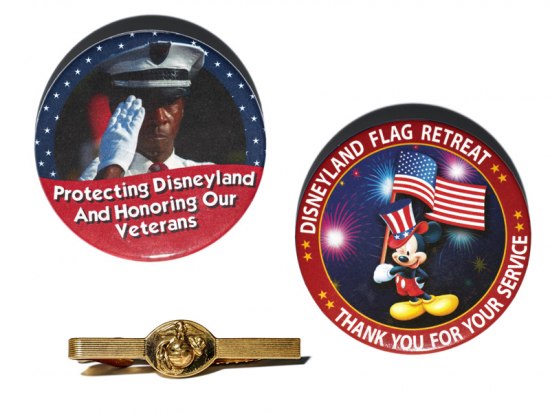Did the Us Government Commission Disney Movies
Mickey Mouse morale: Disney on the World War II home front
On December 7, 1941, Japan bombed Pearl Harbor, drawing the United States into World War II. The very next day U.S. Army troops requisitioned half of Walt Disney's Burbank, California, studio for their use. But space was not all that Disney would provide the troops. Artists, animators, and Walt Disney himself pitched in, enlisting Mickey Mouse, Donald Duck, and other beloved Disney characters in the war effort.
Throughout the early 1940s, Disney churned out military training films, educational shorts (provided to the U.S. government at cost), and military insignia for over 1,000 different units in the U.S. armed forces (provided free of charge). Disney's entire stable of characters was employed in the name of patriotism, and by 1943 newspapers were reporting that up to 90 percent of the Disney studio's work was for government agencies.
In 1943 The New York Times singled out Donald Duck, in particular, as an "ambassador-at-large, a salesman of the American Way" for his representation of the United States both at home and abroad. By the end of the war, however, the title "Salesman of the American Way" may well have belonged to Walt Disney himself. The use of Disney's characters in war-related work helped to strengthen the perception of the Disney brand as a symbol of the United States and its values.
Disney was most prolific during the war as a morale booster for the troops. Company artists created images of Disney characters for unit patches, eventually providing insignia to almost 1,300 units in the U.S. armed forces. Requests were so numerous that the studio had to set up an entire five-person unit devoted to insignia, under the lead of artist Hank Porter, to even come close to meeting demand.

Disney partnered with several other government programs to educate citizens and encourage them to do their part for the war effort. Disney characters appeared on posters, in books, and even on war bonds to boost their appeal to children. Examples from the museum's collection include a series of posters made for the Food and Nutrition Committee of the California War Council, as well as a book with movable characters created at the "suggestion" of the U.S. Treasury Department. Disney designed the book The Victory March to teach children the importance of saving stamps for war bonds.

At the beginning of World War II, Disney's most famous product was animation, which logically was put to patriotic use in educational shorts and training films—and it even played a role in international diplomacy. Animated shorts were used for many different purposes. The New Spirit helped explain income tax laws enacted in 1942 to help fund the war, while Fall Out—Fall In provided entertainment aligned with current events and promoted patriotic service, as exemplified by Donald Duck.


The Studio's work was not just instrumental in the United States' war effort; using Disney characters to speak on behalf of the U.S. government also solidified the idea—building since Disney's 1930s cartoon work—that the brand was associated with patriotism and a symbol for America writ large. This association continues to be fostered today as seen in the nightly flag retreat ceremony held at both Disneyland and Walt Disney World, where park visitors gather to honor the American flag and the country's veterans.


The objects featured here are only a small sampling of what the Disney Studios produced during World War II, but they offer a window into how one of America's favorite brands contributed to the nation's victory and became inextricably linked to the country itself—with a bit of Disney diplomacy and a whole lot of Mickey Mouse morale.
Bethanee Bemis is a museum specialist in the Division of Political History. She has previously blogged about Disney and the American Experience, suffrage history, and dead presidents.
Did the Us Government Commission Disney Movies
Source: https://americanhistory.si.edu/blog/ww2-disney
0 Response to "Did the Us Government Commission Disney Movies"
Post a Comment